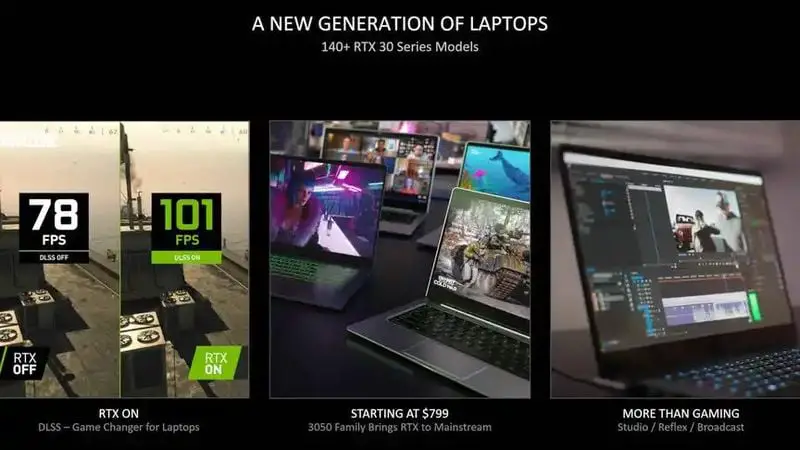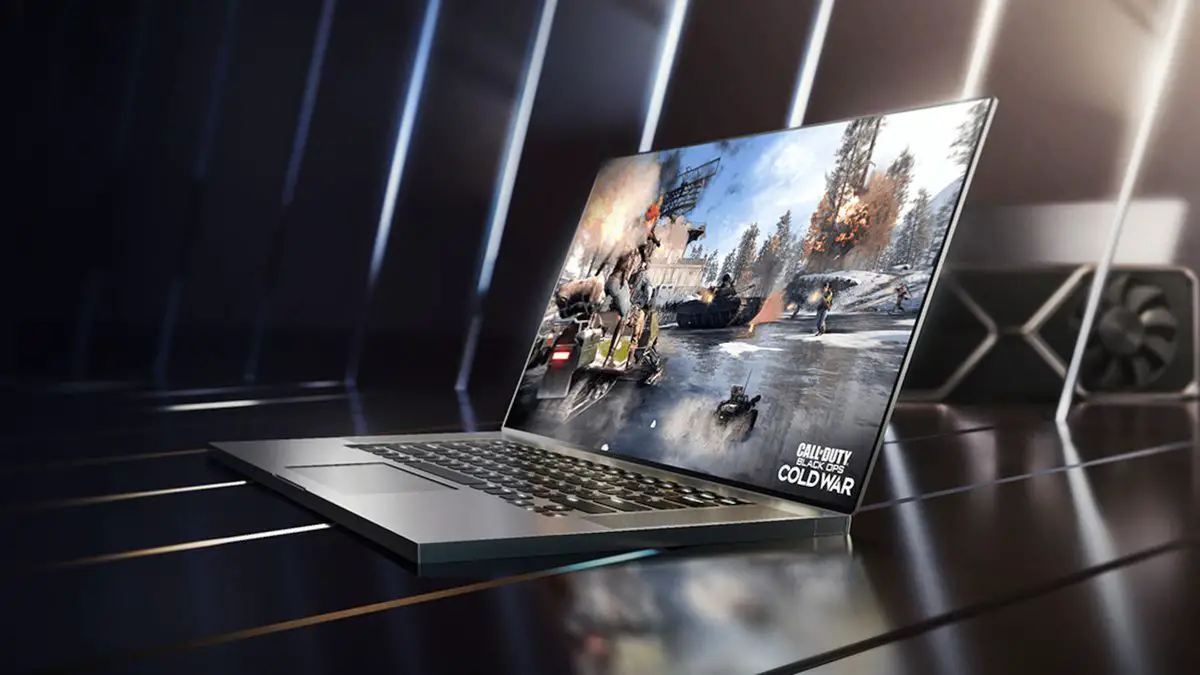Nvidia has unveiled the graphics card with which it intends to offer a low-cost alternative for notebook gaming at 60 frames per second.
The gaming market may be at an all-time high, but it is still difficult for the average user to break into. The price of gaming laptops can reach stratospheric levels, even more so when many end up in cryptocurrency farms.
Nvidia has presented two tricks with which it intends to make cheap laptops also serve to play, relieving gamers who want to enjoy games like Rainbow Six Siege and Overwatch.
The new RTX 3050 and RTX 3050 Ti are two mid-range notebook graphics cards, intended for laptops that will start at $799; but do they support gaming?
Of course, Nvidia has already introduced its RTX 3080 and RTX 3070 for notebooks, and as we have seen in gaming notebooks such as the Asus Zephyrus Duo, they have the power to run the latest games with the best graphics.
In contrast, the new RTX 3050 range focuses on delivering decent performance with current games, as well as achieving amazing frame rates in less demanding games. The RTX 3050 Ti, for example, allows exceeding 144fps in many of the most played online titles, such as Overwatch (155fps), Rainbow Six Siege (170fps), and Valorant (190fps).
That’s enough to take advantage of the 144Hz displays found in many gaming notebooks. Nvidia also promises 60fps at 1080p resolution in games like Call of Duty: Black Ops Cold War and Minecraft RTX.

In addition, these graphics enjoy Nvidia’s big ace up its sleeve: DLSS technology, which uses machine learning to scale the image in real-time. This way, we can run the game at a lower resolution to get more frames per second and let DLSS display the image at native screen resolution. In Fortnite, using this technology translates to going from 77fps to 98fps, with the associated improvement in response time.
On the technical side, the RTX 3050 Ti will be able to vary greatly between different notebooks, with frequencies ranging from 1035MHz to 1695MHz, with 2560 CUDA cores; for its part, the basic model has 2048 CUDA cores between 1075MHz and 1740MHz, both with a TDP varying between 35W and 80W.
The new RTX 3050 range arrives as the main, and only, alternative if we want to play games on a laptop at a low price. And if we want more, Nvidia has announced the arrival of new models using the top graphics, reaching the not inconsiderable figure of 140 different notebooks from all manufacturers in the market.





